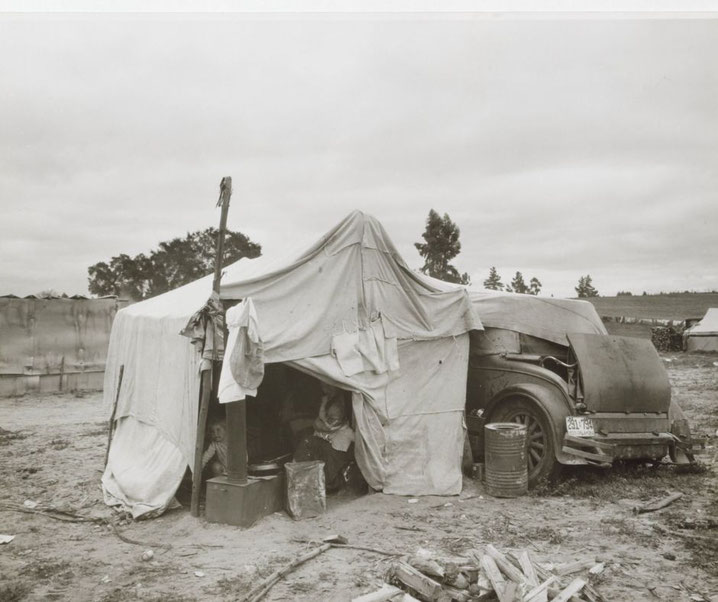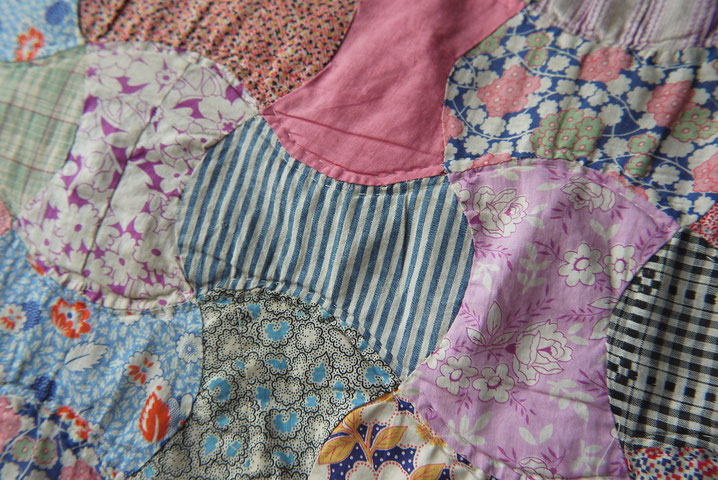The human impact of the Great Depression: Stories of struggle and resilience

The Great Depression was one of the most significant economic downturns in modern history. It affected millions of people across the United States and around the world, resulting in widespread poverty and hardship.
While many of us are familiar with the statistics and facts surrounding the Great Depression, it is important to remember the human impact of this period in history.
Here, we will explore the stories of struggle and resilience that characterized the human experience during the Great Depression.
What was the Great Depression?
The Great Depression started in 1929, with the stock market crash that signaled the beginning of an economic crisis.
By 1933, over 15 million Americans were unemployed, and the poverty rate had risen to over 50%.
The impact of this economic collapse was felt by people from all walks of life, regardless of race, gender, or socioeconomic status.
People were unable to find work, and those who were lucky enough to have jobs often faced reduced wages or hours.
Families struggled to put food on the table and keep their homes, and many were forced to rely on government assistance or charity organizations.
How did people cope?
Despite these challenges, many people showed incredible resilience in the face of adversity.
Families and communities banded together to support each other, sharing resources and helping each other find work.
Some people even turned to unconventional means of survival. This included growing their own food or starting their own businesses.
The stories of struggle and resilience during the Great Depression are many, but they are often not heard.
One of the most famous examples is the story of Migrant Mother, a photograph by Dorothea Lange.
The photo, which is now globally recognized as the face of the era, captured the desperation of a mother and her children living in a migrant camp during the Depression.

Flour sack dresses
During the Great Depression, people had to be creative and resourceful in order to cope with the economic challenges they faced.
One example of this creativity was the use of flour sack fabric to make clothing, particularly dresses for women and girls.
Flour sack fabric was a byproduct of the flour industry, and was typically made from a high-quality cotton material.
Manufacturers soon realized that they could market this fabric to women, who were looking for affordable and durable materials for clothing.
To appeal to women, the flour sacks were often printed with colorful patterns and designs, making them both practical and fashionable.
Women soon discovered that they could use these flour sacks to make clothing, including dresses, blouses, and skirts.
They would carefully remove the stitching from the sacks, wash and iron the fabric, and then sew it into a new garment.
The resulting dresses were often simple but stylish, with details like ruffles or lace added to make them more fashionable.
As a result, flour sack dresses became very popular during the Great Depression, as they were a cheap and practical way for women to get new clothing.
They were also a way for women to show their creativity and resourcefulness during a difficult time.
In some cases, women would even trade flour sacks with each other, in order to get different patterns and designs for their dresses.

Hooverville life
In addition to flour sack dresses, people found other clever ways to cope during the Great Depression.
One example was the creation of "Hoovervilles," makeshift communities of homeless people who lived in shanty towns made from cardboard, scrap metal, and other materials.
These communities were named after President Hoover, who was blamed for the economic crisis.
Hoovervilles were a practical solution to the housing crisis faced by many Americans during the Great Depression.
However, they had several problems including a lack of basic services such as sanitation, electricity, and running water, and poor living conditions that led to health problems.
People living in Hoovervilles were often stigmatized and discriminated against by government officials and the public, and had little privacy or security, which made it difficult to protect their belongings and maintain a sense of dignity.
The genius of community gardens
During the Great Depression, community gardens played a significant role in providing relief to many Americans.
Community gardens were an inexpensive and effective way for people to grow their own food, supplement their diets, and provide a sense of community and pride during a time of economic hardship.
One way community gardens helped during the Great Depression was by providing fresh food.
As the economic crisis deepened, many people struggled to afford basic necessities, including food.
Community gardens allowed people to grow their own fresh fruits and vegetables, which were often too expensive to buy.
This helped to supplement people's diets with nutritious food and reduced the reliance on government assistance and charitable organizations.
Another way community gardens helped during the Great Depression was by creating a sense of community.
They brought people together, regardless of their socioeconomic status or background, and provided a sense of purpose and camaraderie during a difficult time.
People worked together to plant, tend, and harvest their crops and shared tips and advice on gardening techniques.
This sense of community helped to foster social cohesion and provided participants with a support network during a time of great uncertainty.
What do you need help with?
Download ready-to-use digital learning resources
Copyright © History Skills 2014-2025.
Contact via email
With the exception of links to external sites, some historical sources and extracts from specific publications, all content on this website is copyrighted by History Skills. This content may not be copied, republished or redistributed without written permission from the website creator. Please use the Contact page to obtain relevant permission.





